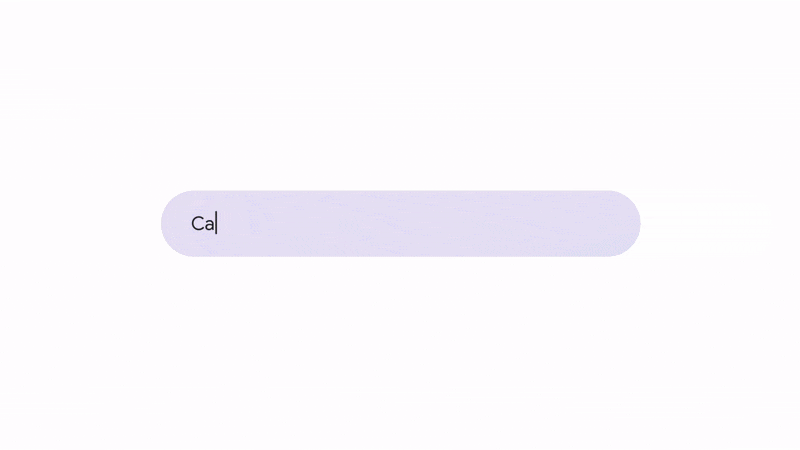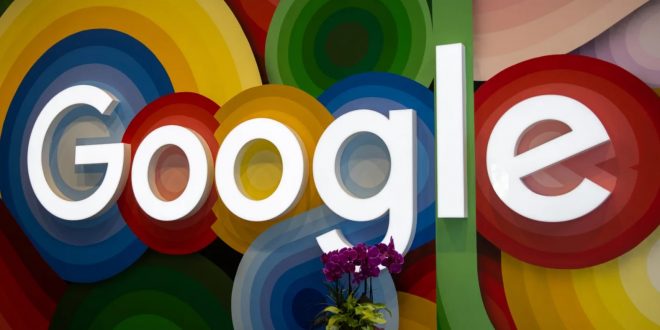The goal of the competition between Google and Microsoft is to use as much generative AI as possible in their productivity tools.Google just announced a big update to Workspace just a few days before Microsoft’s “Future of Work” event. The update includes new developer tools that will make Google’s foundation models, like its 540 billion-parameter PaLM large language model for multiturn chats, available to developers through an API and new low-code tools.With this update, its generative AI models will be added to almost all of its productivity suite.
The restrictions that need to be made clear up front are that, for the time being, these new functionalities will only be accessible to “trusted testers,” as Google refers to them. When they will be available to a larger audience is unknown. Price details are also not yet known, although it appears that at least a portion of these services will be accessible to consumers, even those on Google One plans. In essence, this is similar to Google’s recent LaMDA announcements in that they sound amazing but won’t be available for a while.

Google plans to use its generative AI models in almost every part of Workspace, like Gmail’s email writing, Docs’ document writing (or rewriting) help, Sheets’ formula generation, Meet’s note-taking, and Slides’ text, image, audio, and video creation.I’d guess that Microsoft will probably show off improvements that are mostly the same later this week.
“Google Workspace has been a longtime pioneer in enabling real-time collaboration, where human beings work together in real time in our products,” Google Cloud CEO Thomas Kurian said during a press briefing ahead of today’s announcements. At the next step, humans will work with an AI partner who helps them and works with them in real time.

According to Kurian, the business intends to quickly introduce new features “every couple of weeks.” Trusted testers will have access to the initial phase of the project throughout the year, which will entail obtaining assistance when writing emails in Gmail and documents in Docs. Currently, seeking writing assistance and modifying the text’s tone and style are its main components. But as Google emphasized, that’s only the beginning (at least for the Trusted Tester group).

Here, Google promises to someday integrate AI into almost every workflow in Workspace. This can entail writing a conversational summary in a Google Docs document. Naturally, Google Chat will also acquire support for some of these capabilities since so much of this is chat-based, but so far, Google has simply stated that it will “allow workflows for getting things done in Chat.”

Google’s most impressive show may have been how much of this text-based work was combined with generative AI models for image and sound production and how that was used to make a full-fledged presentation around it. Kurian said, “With slides, we’re assisting you in generating insights and graphics from text in slides. In order to create these images and empower everyone creating with slides, including creating soundtracks, you can use photos from your rich content library, your brand images (if you have your own company’s images), and private repositories.

Kurian said in response to a question about prices that the company plans to make “these solutions available to our corporations, to small businesses, to consumers, and even to those who subscribe to Google One.”And that’s pretty much all we know at this moment; however, the mention of Google One is noteworthy considering that the company has been urging users to subscribe to the service, which mostly offers additional cloud storage space, so that it can gradually add more capabilities, including its VPN service.
It has long been known that Google was making a major effort to integrate generative AI into as many of its products as it could. It’s just a little sad that many of the things that were announced today don’t seem to be real and that, at least at first, only a small group of people will be able to use them.And although functions like Smart Compose and Smart Reply are undoubtedly common (and very helpful), Google still seems reticent to make its most recent AI technologies available to regular users.
Yet, this approach seems like the proper one. It makes sense for Google to start with Gmail and Documents because Google Workspace offers the biggest platform for the corporation to introduce its many AI capabilities to customers. Large text models also excel in this environment, and Google is able to avoid the problems that Bing and ChatGPT have with their chatbots deviating from the script (though Microsoft appears to have this under control for the time being) without any harm to its search business.
 Tech Gadget Central Latest Tech News and Reviews
Tech Gadget Central Latest Tech News and Reviews




